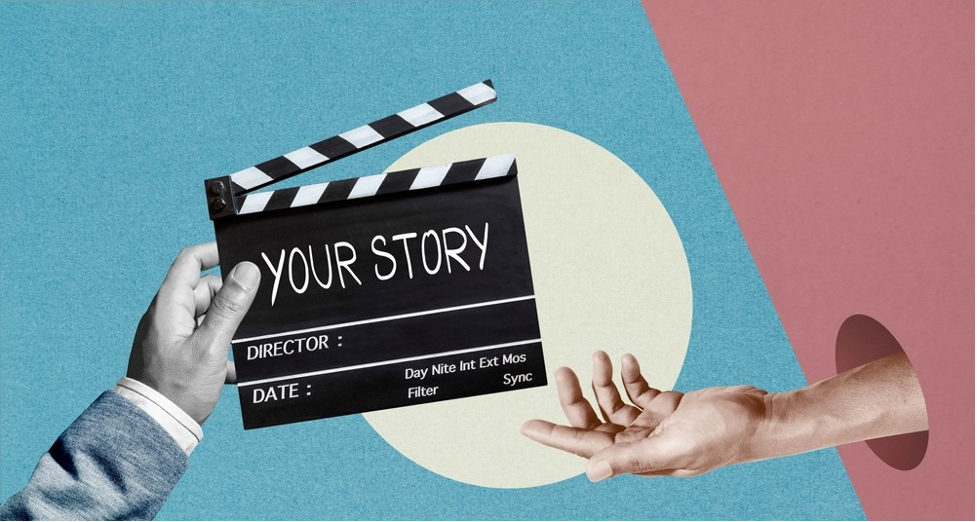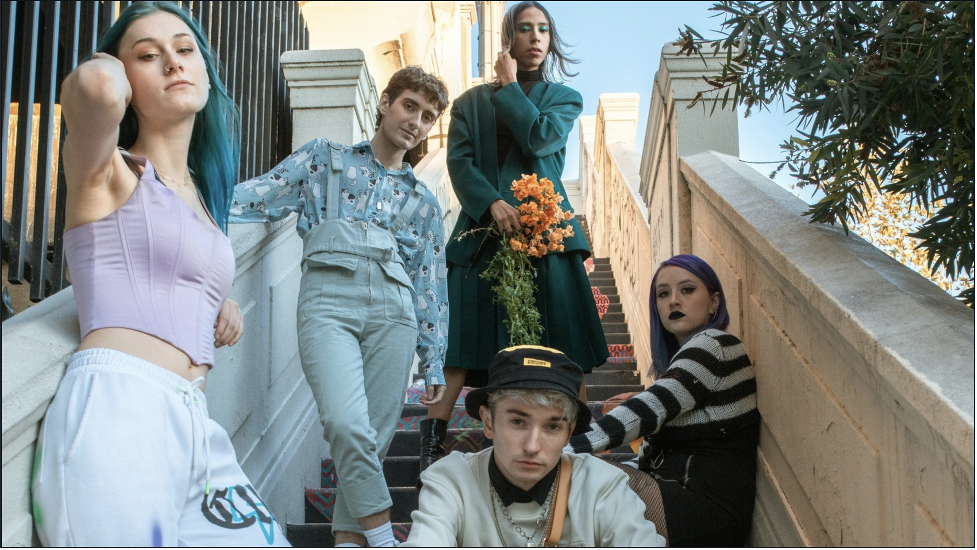Why Some LGBTQ+ Campaigns Leave a Mark
When Apple launched its “Think Different” campaign in the late ’90s, the world took notice. The campaign didn’t focus on products or technical specs. Instead, it told the stories of people who dared to challenge the status quo—think Martin Luther King Jr., Mahatma Gandhi, and Amelia Earhart. These stories resonated deeply, inspiring millions and redefining Apple’s brand identity.
This got us thinking: What if LGBTQ+ campaigns harnessed the same power of storytelling? What if, instead of just promoting a message, we shared stories that truly move people—stories that resonate so deeply that they inspire change, foster understanding, and create a lasting impact?
In this article, we’ll explore how storytelling can transform LGBTQ+ campaigns, making them not just memorable, but unforgettable. From breaking down effective techniques to examining successful case studies, we’ll uncover how to craft narratives that don’t just reach your audience but touch their hearts.
Image source: Marianna Renesi on Medium.
The Importance of Storytelling in LGBTQ+ Campaigns
Storytelling is more than just a marketing buzzword—it’s the heart of any successful campaign, especially in the LGBTQ+ community. But why is it so powerful?
Authenticity and Connection: LGBTQ+ audiences value authenticity. A genuine story that reflects their experiences can forge a deep emotional connection. As LGBTQ+ activist and filmmaker Dustin Lance Black said, “I’ve always believed that the power of a story, particularly a true story, can move people to action”. This connection is crucial because, at its core, storytelling humanizes a brand and its message.
Creating Empathy: Storytelling allows people outside the LGBTQ+ community to step into the shoes of those within it. When done effectively, it builds empathy, understanding, and support, which is essential for driving social change.
Visibility and Representation: LGBTQ+ storytelling also plays a vital role in increasing visibility and representation. As Sarah Kate Ellis, President and CEO of GLAAD, puts it, “Representation matters because when people see themselves reflected in the stories being told, it validates their existence and can change how others see them too.”
Breaking Down Effective Storytelling Techniques
Now that we understand the importance of storytelling, let’s break down some techniques that can help you create impactful LGBTQ+ campaigns.
1. Know Your Audience Inside Out
Before you start crafting your story, you need to know who you’re talking to. The LGBTQ+ community is diverse, with different experiences, identities, and challenges. A story that resonates with one segment might not hit the mark with another.
How to Apply:
- Research your audience: Use surveys, social media listening, and focus groups to understand the specific needs, desires, and pain points of your target audience.
- Create personas: Develop detailed personas that represent different segments of the LGBTQ+ community. This will help you tailor your storytelling to resonate with each group.
2. Be Authentic—Always
Authenticity is a necessity. The LGBTQ+ community can spot a disingenuous message a mile away. Your story needs to be true to your brand and the experiences of the people it represents.
How to Apply:
- Use real voices: Whenever possible, include stories directly from LGBTQ+ individuals. Their experiences will add depth and authenticity to your campaign.
- Avoid stereotypes: Stay away from clichés and stereotypes. Instead, focus on the real, diverse experiences within the community.
3. Emphasize Emotional Connection
People remember stories that make them feel something. Whether it’s joy, sadness, or inspiration, emotional resonance is key to a memorable campaign.
How to Apply:
- Craft a narrative arc: Your story should have a beginning, middle, and end. This structure helps guide the audience through an emotional journey.
- Use visuals and music: Combine powerful visuals and music to amplify the emotional impact of your story. A well-chosen soundtrack can make a world of difference.
4. Incorporate Visual Storytelling
In today’s fast-paced digital world, visuals are more important than ever. Visual storytelling—using images, videos, and infographics—can convey complex ideas quickly and powerfully.
How to Apply:
- Leverage social media platforms: Use platforms like Instagram and TikTok to share your visual stories. Short, impactful videos or striking images can spread quickly and engage a wide audience.
- Use inclusive imagery: Ensure that your visuals represent the diversity of the LGBTQ+ community. Include people of different races, genders, and identities in your storytelling.
5. End with a Clear Call to Action
Every story should have a purpose, whether it’s raising awareness, driving donations, or encouraging social change. Make sure your audience knows what to do next.
How to Apply:
- Be specific: Don’t just say “Get involved.” Tell your audience exactly how they can make a difference—whether it’s signing a petition, donating, or sharing the story.
- Make it easy: Provide clear instructions and links to make taking action as simple as possible.
Case Study: How Adidas Nailed LGBTQ+ Storytelling
Image source: Adidas
One brand that has effectively used storytelling in its LGBTQ+ campaigns is Adidas. In 2020, the brand launched its “Love Unites” campaign, celebrating Pride Month. Instead of just slapping a rainbow on their products, Adidas told the stories of LGBTQ+ athletes, influencers, and creators who champion inclusivity in sports.
What Made It Effective:
- Authenticity: Adidas featured real people with real stories, such as transgender skateboarder Leo Baker and non-binary runner Nina Rust. Their stories were honest and reflective of their personal journeys.
- Emotional Connection: The campaign wasn’t just about selling products; it was about highlighting the challenges and triumphs of LGBTQ+ individuals in sports. This emotional depth resonated with a broad audience.
- Visual Storytelling: Adidas used vibrant visuals and compelling videos to tell these stories. The campaign was shared widely on social media, where it connected with a global audience.
Impact: The “Love Unites” campaign was a huge success, not just in terms of sales but also in fostering a sense of community and inclusivity. It showed that Adidas was genuinely committed to supporting the LGBTQ+ community, and it strengthened the brand’s reputation as an ally.
Practical Tips for Applying These Techniques
Here are some actionable tips to help you apply these storytelling techniques in your LGBTQ+ campaigns:
- Start Small, Then Scale: Begin by sharing personal stories from within your organization or community. Once you see what resonates, scale up your efforts.
- Use Data to Back Your Stories: While stories are powerful, combining them with data can make them even more compelling. For instance, if you’re advocating for LGBTQ+ youth, use statistics about mental health challenges or bullying to support your narrative.
- Engage Your Audience: Make your campaign interactive by encouraging your audience to share their own stories. This not only increases engagement but also adds authenticity and diversity to your campaign.
- Stay Updated with Trends: Keep an eye on current trends in LGBTQ+ storytelling. Whether it’s a new social media platform or a popular meme, staying relevant can help your campaign resonate more.
- Measure and Adjust: After launching your campaign, track its performance. Use analytics to see which stories are resonating and adjust your strategy as needed.
Your Story Matters—Tell It
In the world of LGBTQ+ campaigns, storytelling isn’t just a tool—it’s the foundation. By knowing your audience, staying authentic, and creating emotional connections, you can craft stories that don’t just resonate but inspire action. Remember, every story you tell has the potential to make a difference. Whether you’re advocating for LGBTQ+ rights, promoting a brand, or simply raising awareness, your story matters.
And if you need more tips or want to share your own experiences, connect with us on social media—@chipperdigital on every platform.
Let’s tell stories that change the world together.












